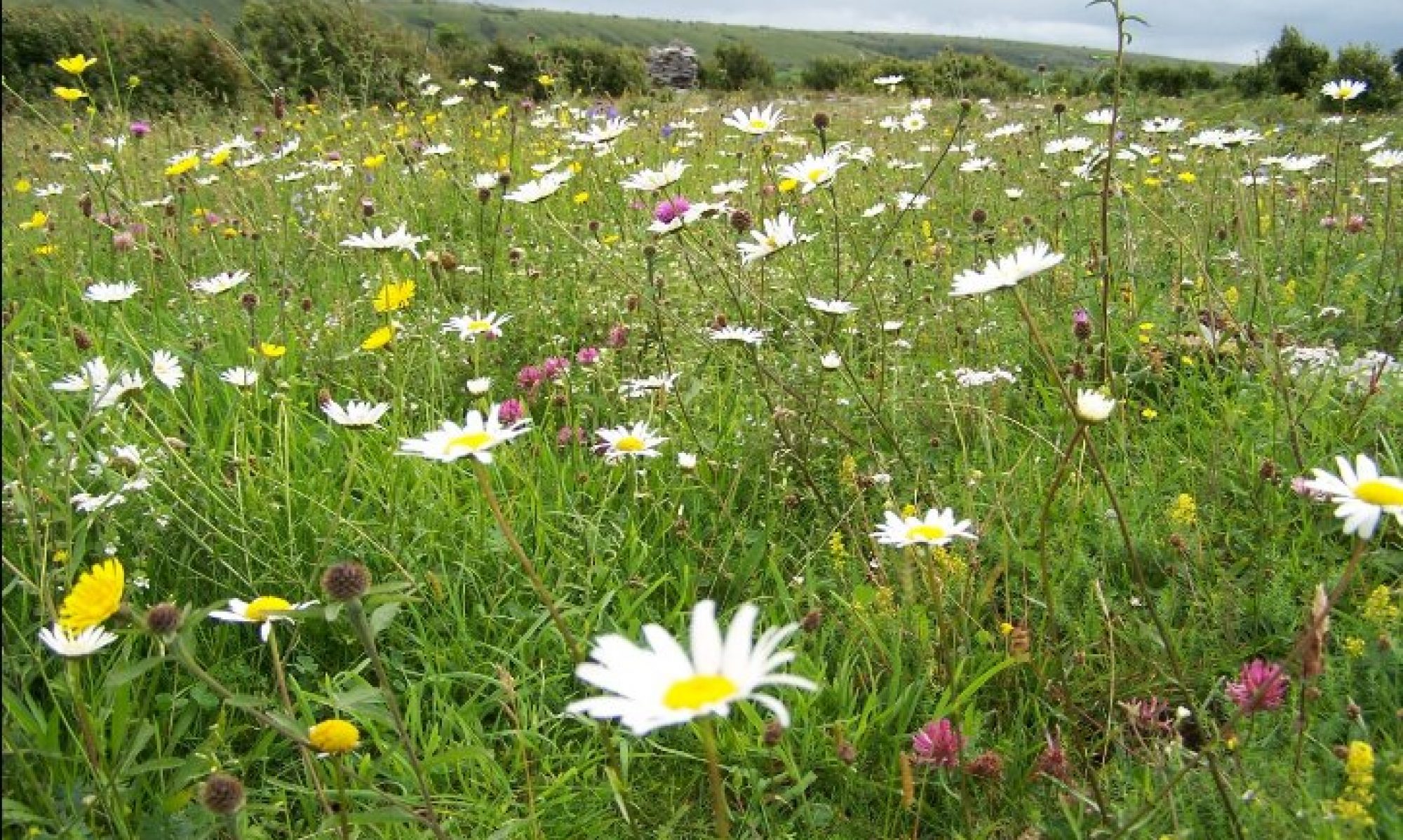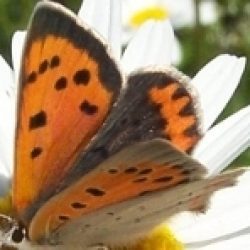Causes of Biodiversity Loss
According to the European Union, the main causes of biodiversity loss are changes in land use (e.g. deforestation, intensive monoculture, urbanisation), direct exploitation such as hunting and over-fishing, climate change, pollution and invasive alien species.
Source: https://www.europarl.europa.eu/topics/en/article/20200109STO69929/biodiversity-loss-what-is-causing-it-and-why-is-it-a-concern
This post selects examples of biodiversity loss from land use changes (deforestation), climate change, pollution (agricultural intensification: use of chemicals), and invasive alien species.
White-tailed Sea Eagles killed by Wind Turbines
As the Irish state embarks on ramping up wind farms, three White-tailed Sea Eagles have been killed by turbines in south Donegal in the past 12 months. Despite this, an application has been made in the region for more, bigger turbines with an increased tip height (maximum tip height of between 149.4m and 149.6m). So much for the collision risk modelling, which predicted just 0.09 collisions per year — equivalent to one bird killed every 10.8 years. The silence about this is deafening.
The state’s ramping up of wind farm developments, a move mandated by the European Union, will see the rubber-stamping of wind turbines in selected areas.
Native Woodland Destroyed
An area of forestry in County Cork dating back two centuries, roughly the equivalent of eight pitches at Croke Park, has allegedly been illegally felled in recent weeks, according to preliminary inquiries carried out by the National Parks and Wildlife Service, the state body for the country’s wildlife and habitats. The area that held the wood comprises over 30 acres.
Source: https://www.thejournal.ie/cork-tree-felling-6805578-Oct2025/
Common Butterflies Lost
Malta has apparently lost four butterfly species, all in the last few years: Brown Argus, Small Copper (last recorded in 2017), Speckled Wood (last recorded in 2020) and Small Heath (last recorded at Ghadira Reserve in 2013), according to reliable observers in the Maltese Islands. All were common until recent decades. A warning of their likely extinction was given in 2018. Suggested causes for Small Copper decline are habitat degradation, which could stem from dumping, excessive pesticide use and, potentially, perturbations resulting from prolonged arid spells and severe climatic episodes that lead to a mismatch (‘out-of-sync’ phenomenon) between life-cycle stages and the availability of resources for foraging and egg laying by the adult, and suitable food-plants for the larvae.
Source: LOUIS F. CASSAR A REVISION OF THE BUTTERFLY FAUNA (Lepidoptera Rhopalocera) OF THE MALTESE ISLANDS. Naturalista sicil., S. IV, XLII (1), 2018, pp. 3-19
In Ireland, declines for the Small Copper, Speckled Wood and Small Heath during 2008-2024 are -68%, -71% and -79% respectively. Are these butterflies heading for extinction here, too?
Source: Judge, M and Lysaght, L.(2025). The Irish Butterfly Monitoring Scheme Newsletter, Issue 17. National Biodiversity Data Centre.
Invasive Alien Species Range Extension
Asian Hornet, a non-native invasive predator of invertebrates, including honeybees and butterflies, has now been sighted in Belfast, following sightings in Cork and Cobh. This species arrived in France in 2004 from pottery imported from China. Despite considerable eradication work, it has not been removed from France, is spreading in Britain and has spread elsewhere in Europe.
Source: https://www.rte.ie/news/2025/1013/1538375-asian-hornet-northern-ireland/
Conclusion
Considering the spring and summer of 2025 were the warmest on record, one might expect record numbers of butterflies. Findings from the UK Big Butterfly Count, which took place in July and August 2025, do not support this expectation. Too much damage has been and continues to be wrought on our landscapes for real recovery. The National Biodiversity Data Centre report on the findings of the Irish Butterfly Monitoring Scheme for 2025 will make interesting reading.
Butterfly population abundance reflects the health of our air, water, soils and habitats. Low populations reflect environmental despoilation. Reversing the trend requires local, national and international action. Butterfly populations will not recover without action, no matter how often the sun shines.

